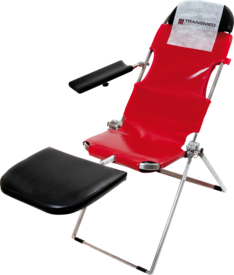CAP (College of American Pathologists) has recently implemented a new regulation stating that all blood products that are returned must have their temperature taken. This updated requirement has eliminated the previous 30-minute rule, which aimed to assess the viability of the blood products. While ensuring the safety and quality of blood products is of utmost importance, this new regulation has inadvertently led to an increase in blood product wastage.
The challenge lies in the fact that when a unit of blood is taken out of the blood bank refrigerator to have its temperature measured, it is already very close to the critical 6-degree Celsius threshold. Consequently, if the blood is sent out without proper cooling mechanisms such as ice packs, it cannot be safely returned to the blood bank. In large hospitals, this situation can result in a significant amount of blood wastage, which is both concerning from a resource perspective and ethically, as it diminishes the availability of life-saving blood products.
One potential solution to mitigate this problem is the individual packaging of blood units with cooling mechanisms. However, this approach may prove ineffective due to the associated cost and the limited space available. Furthermore, if the blood unit is too large, it cannot be accommodated within the existing tube station system, exacerbating the logistical challenges faced by healthcare professionals.
To address these issues, some hospitals have started investing in coolers designed to accommodate large quantities of blood. However, even with these coolers, it is imperative to strike a delicate balance to ensure that all the blood units are adequately cooled. Ensuring indirect contact between the units and the ice has proven crucial in maintaining the desired temperature range. However, it is noteworthy that the blood units cannot be cooled below 1 degree Celsius, which rules out the use of extreme cooling methods like dry ice.
Given the complexity of the situation, it will be interesting to monitor how much blood and financial resources end up being wasted before additional measures are put into place to optimize the cooling and transportation processes. The ultimate goal remains the safe and efficient management of blood products to maximize their utility and positively impact patient care.


